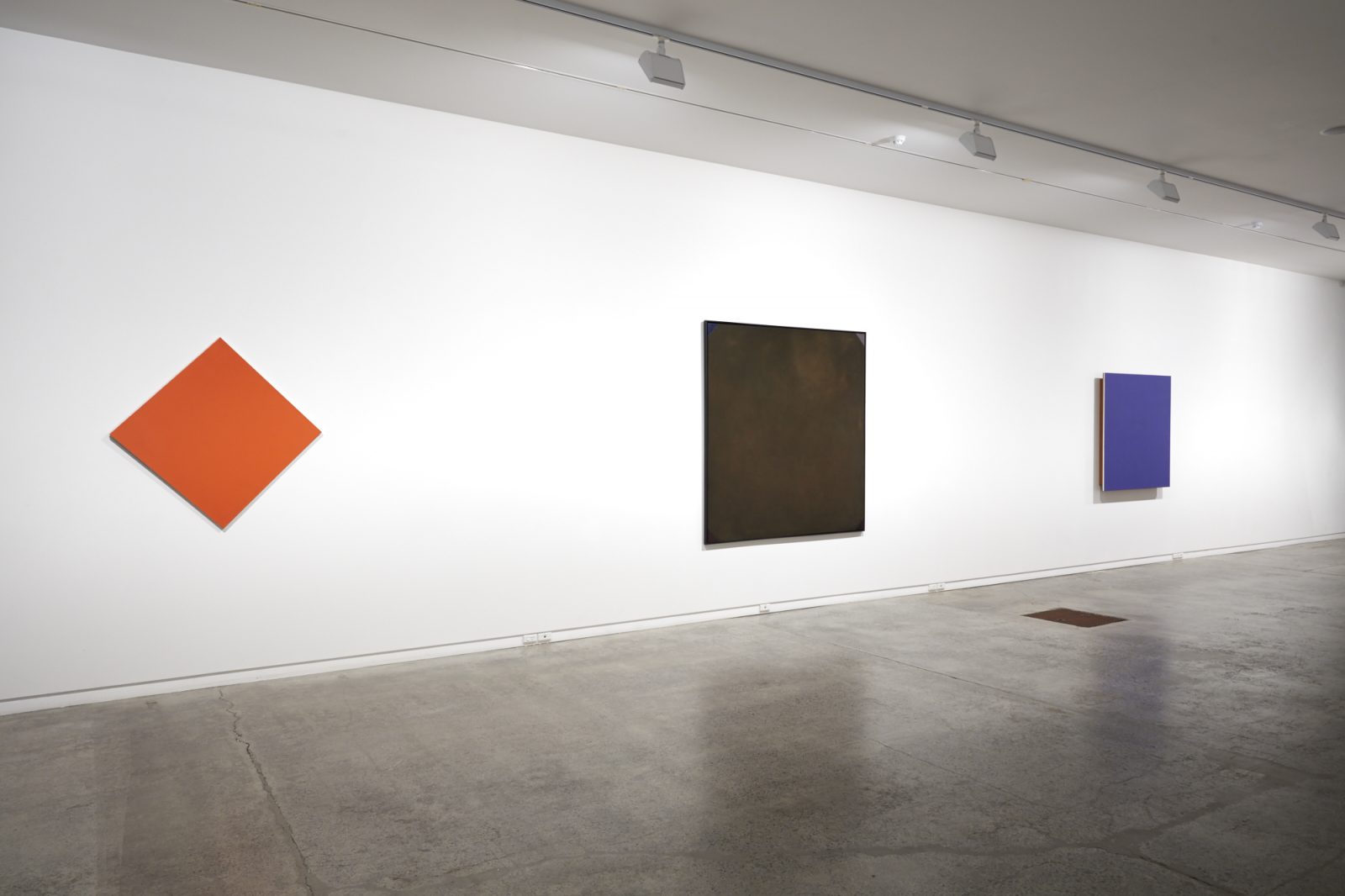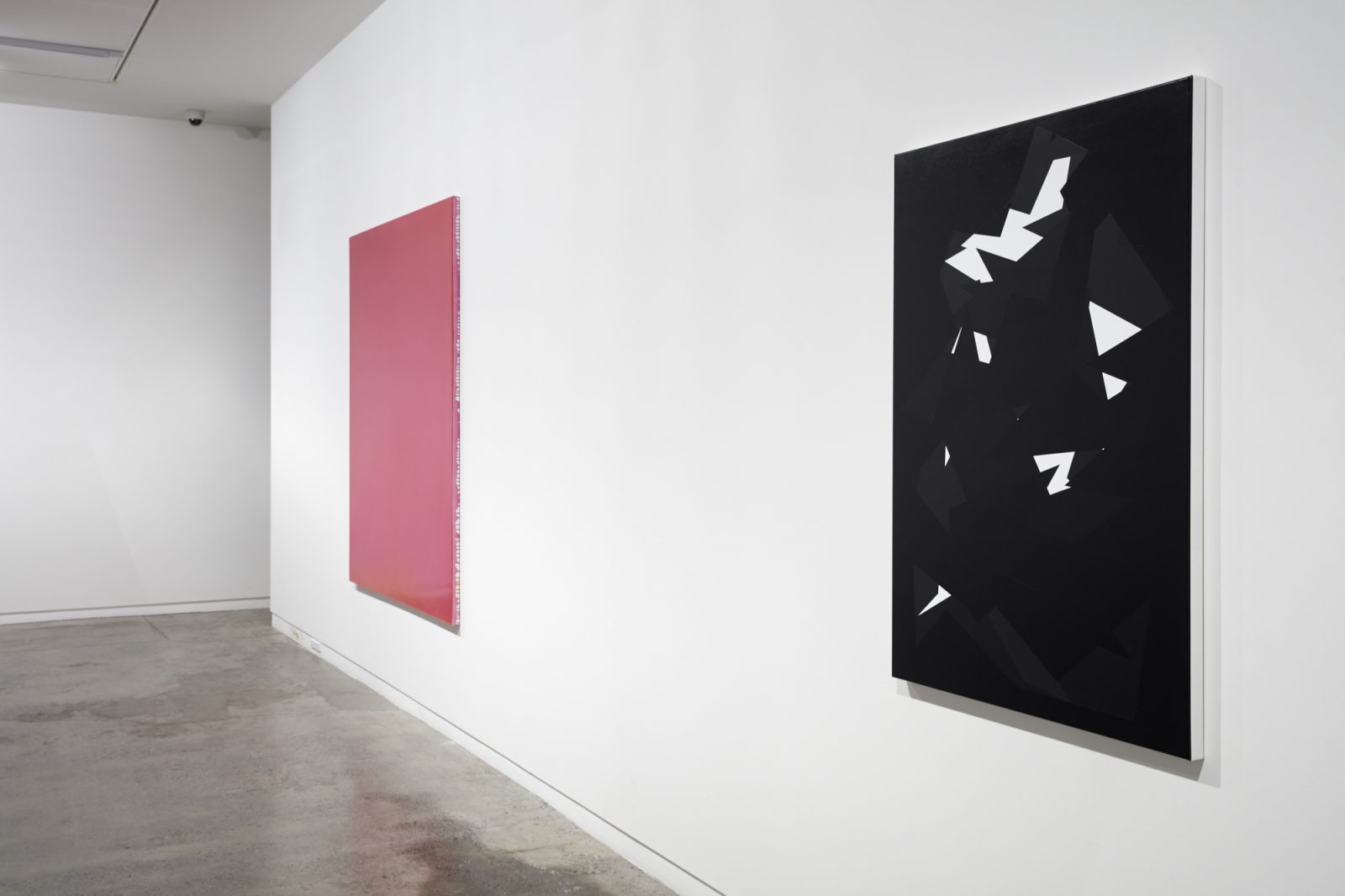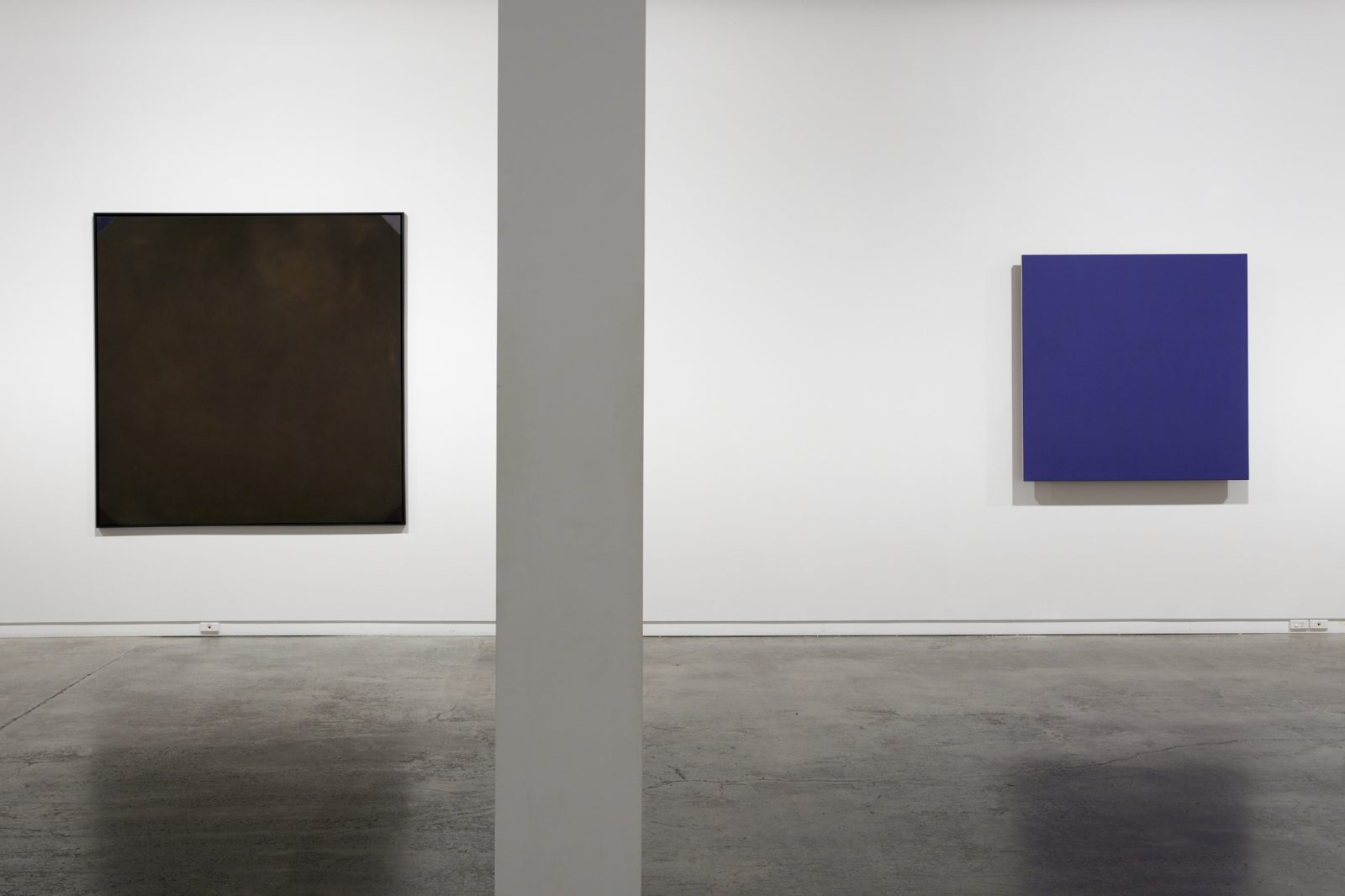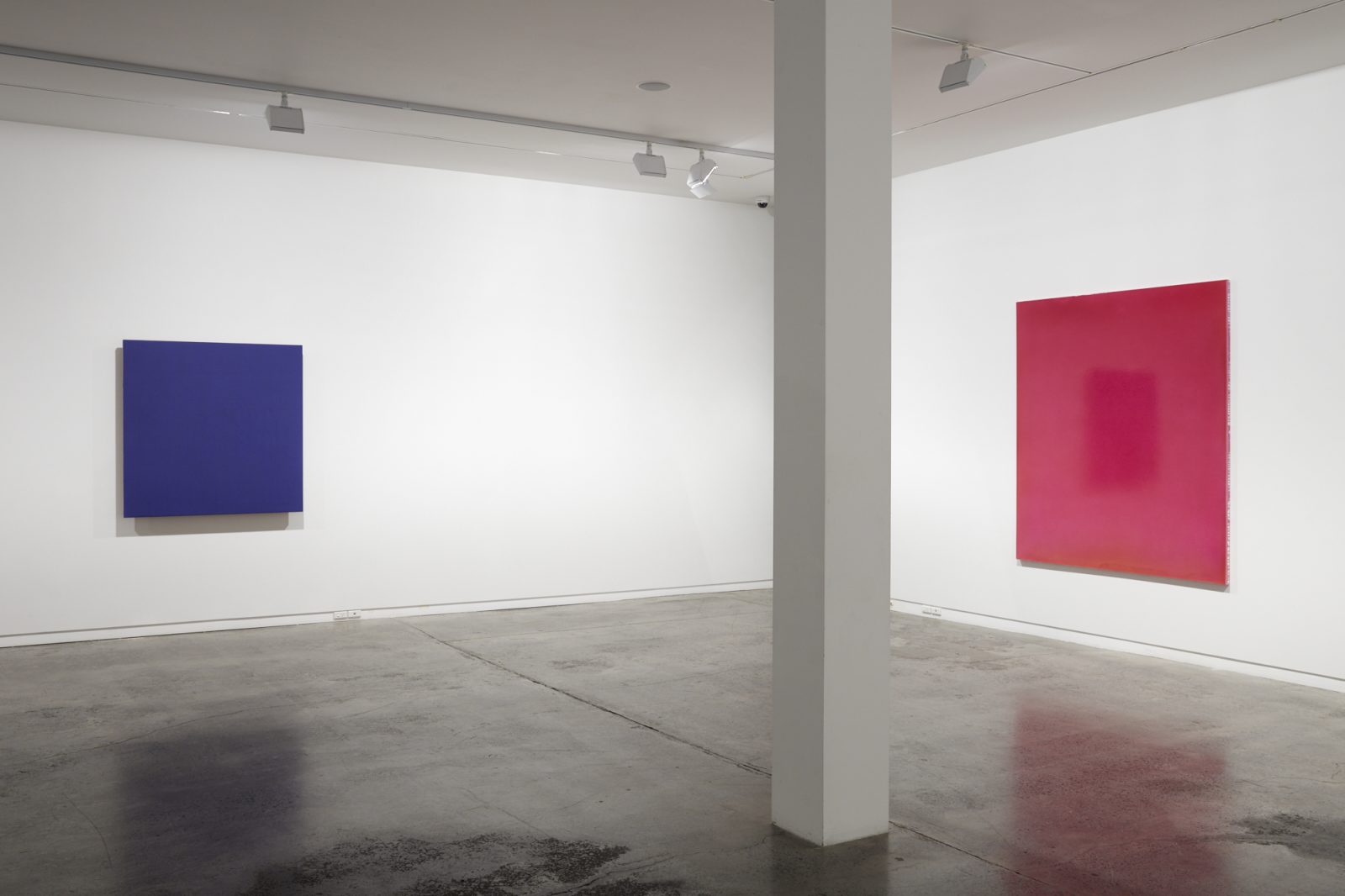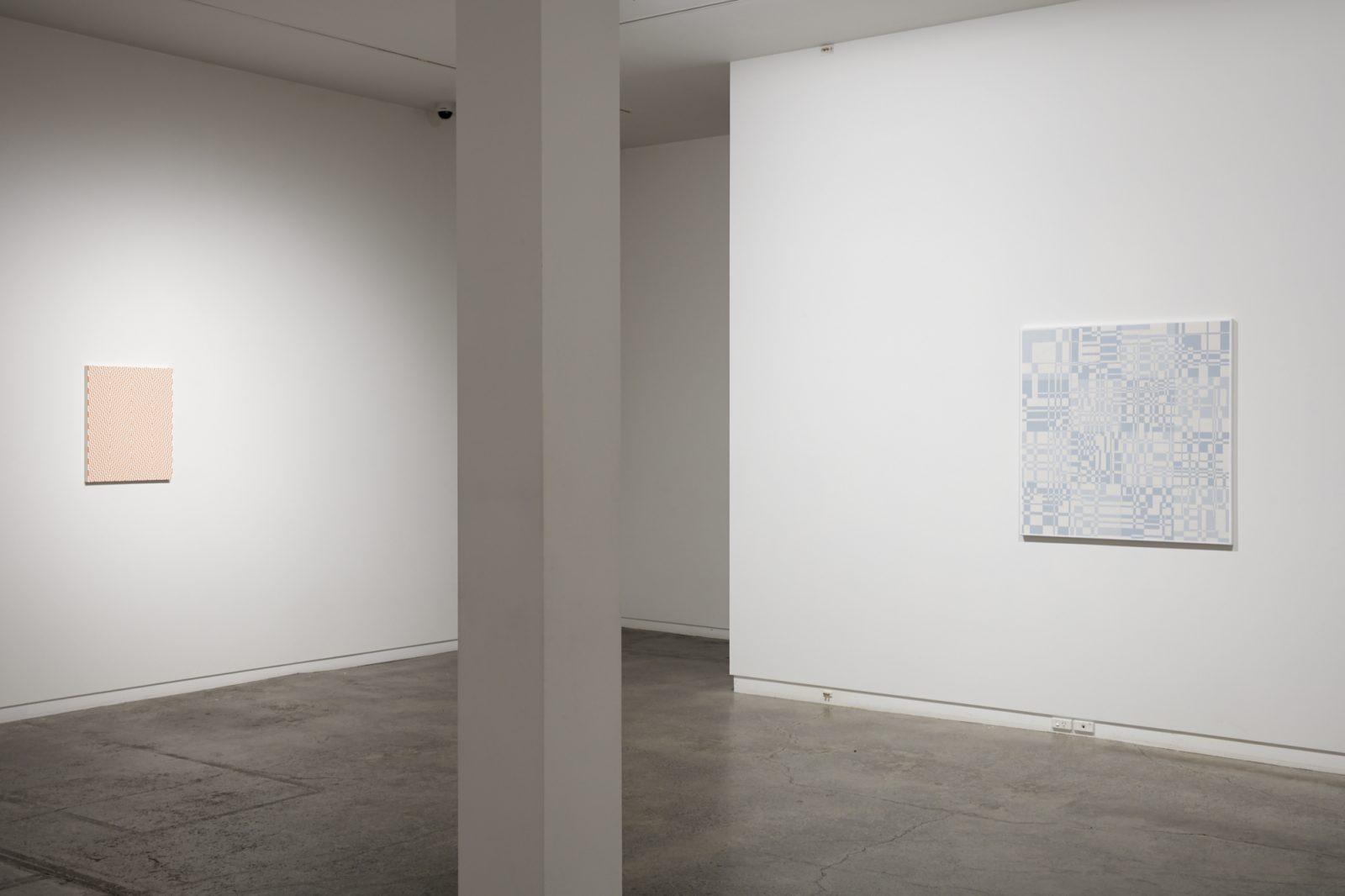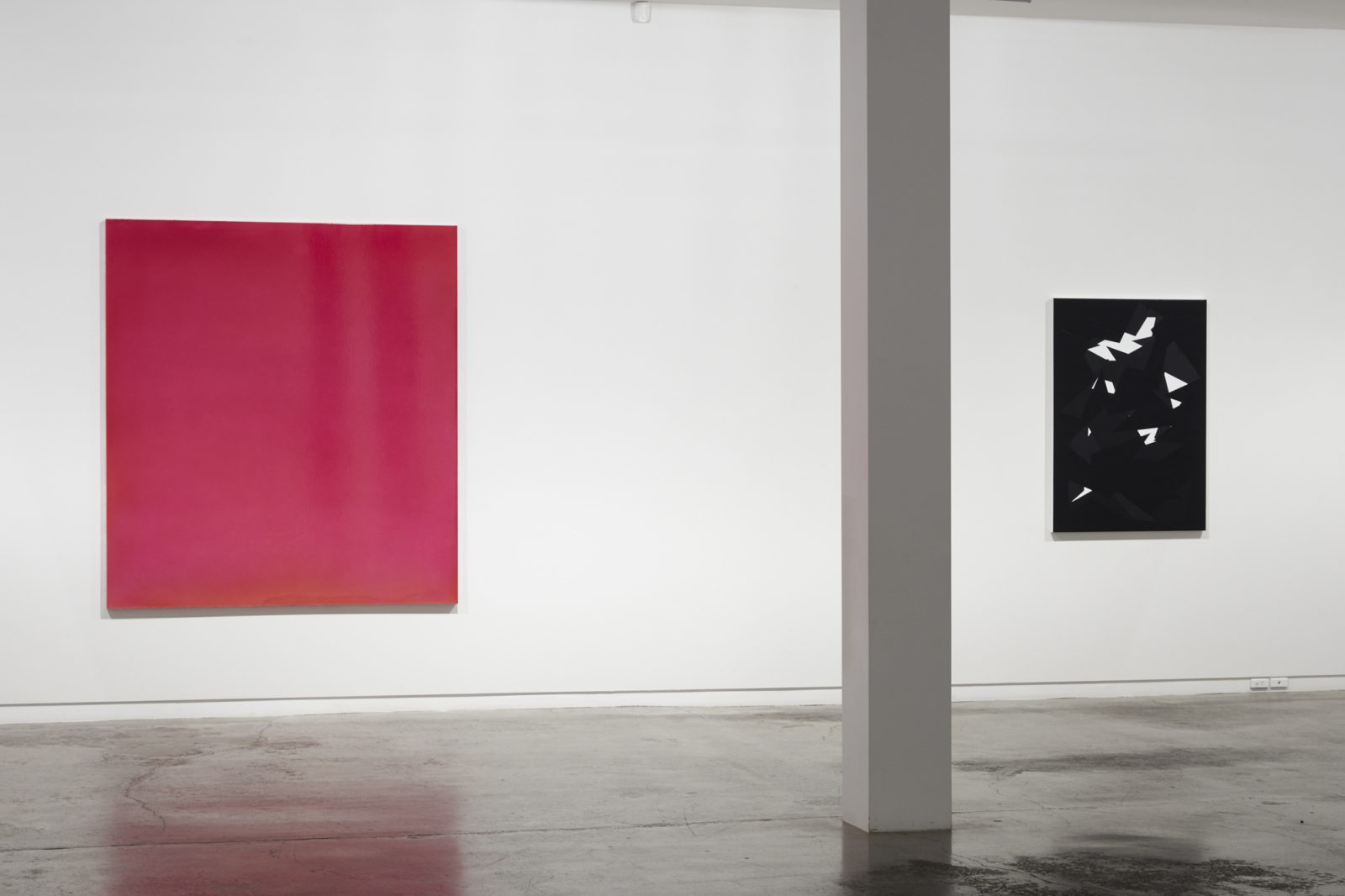MODEL PAINTING
Selina Foote
Noel Ivanoff
Leigh Martin
Simon Morris
Milan Mrkusich
John Nixon
Jan van der Ploeg
Jeena Shin
1 - 22 December 2017
This exhibition examines the materiality and technique of painting as a key to the understanding of its meaning. Taking it’s title from John Nixon’s 1990 painting and referencing the seminal book by Yve-Alain Bois, Painting as Model published by MIT Press in 1990, the exhibition focuses on the formal elements of abstract painting, being line, colour and texture, surface and scale, offering new insights in the light of current art practices.
The culmination of certain interests modulates them all and typically raise questions about the process of making art. Although some of these works were made in the previous century they still foster critical thinking in the present moment. The paintings are conceptually tethered to spatial elements in the gallery and the viewer is able to see the connective threads. United by their adherence to abstraction, the artists have produced non-objective paintings that explore the visual impact of geometric shapes and colour alongside minimalist impulses.
Although they display some aesthetic similarities, the interests and methods of the artists are remarkably diverse. For instance, Jeena Shin utilises a restricted monochromatic palette to craft a highly rhythmic painting composed entirely of triangular forms. Limiting herself to painting a singular shape, Shin operates within the boundless variables of placement. Appearing to shift across the surface, Shin’s nuanced layers of overlapping forms create an energetic dynamism as figure and ground are reversed and interlaced.
The high level of exactitude, and the indeterminate relationship between foreground and background in Shin’s work is also characteristic of Jan van der Ploeg’s painting. Interested in the ability of simple forms and vibrant hues to mediate and transform spatial awareness and visual perception, he explores the seemingly endless potential of equivalent formal elements to produce compositions of serial regularity.
Selina Foote also operates within a hard-edged geometric abstraction, but close inspection of her works reveal lightly ruled pencil lines and painterly sections where evidence of the brush remains. Drawing from the works of women Impressionist painters, Foote distils and refines areas of colour, light and line from these paintings to reveal a set of pictorial givens. The emerging work reacts against the structural remnants of the originals to produce painting radically divergent from its starting point.
Simon Morris, Noel Ivanoff and John Nixon contributions to the exhibition comprise of monochromatic paintings conceptually configured and richly layered. The paintings surfaces, whether matt or reflective, both reveal and conceal colour. They also operate spatially, as space divides the colour increases. Similarly Milan Mrkusich and Leigh Martin use colour as a physical attribute and the sense of space is complex and ambiguous. Viewed at close range there is a suspicion of texture but little visible sign of application, a kind of artistic sleight of hand. The maxim of ‘more is more’ is particularly applicable to both Martin and Morris however the materiality of paint matters to all eight artists even as they have found ways of linking painting to process and transitive practices. Their approaches are realised anew in this exhibition context and can be freshly reconsidered.
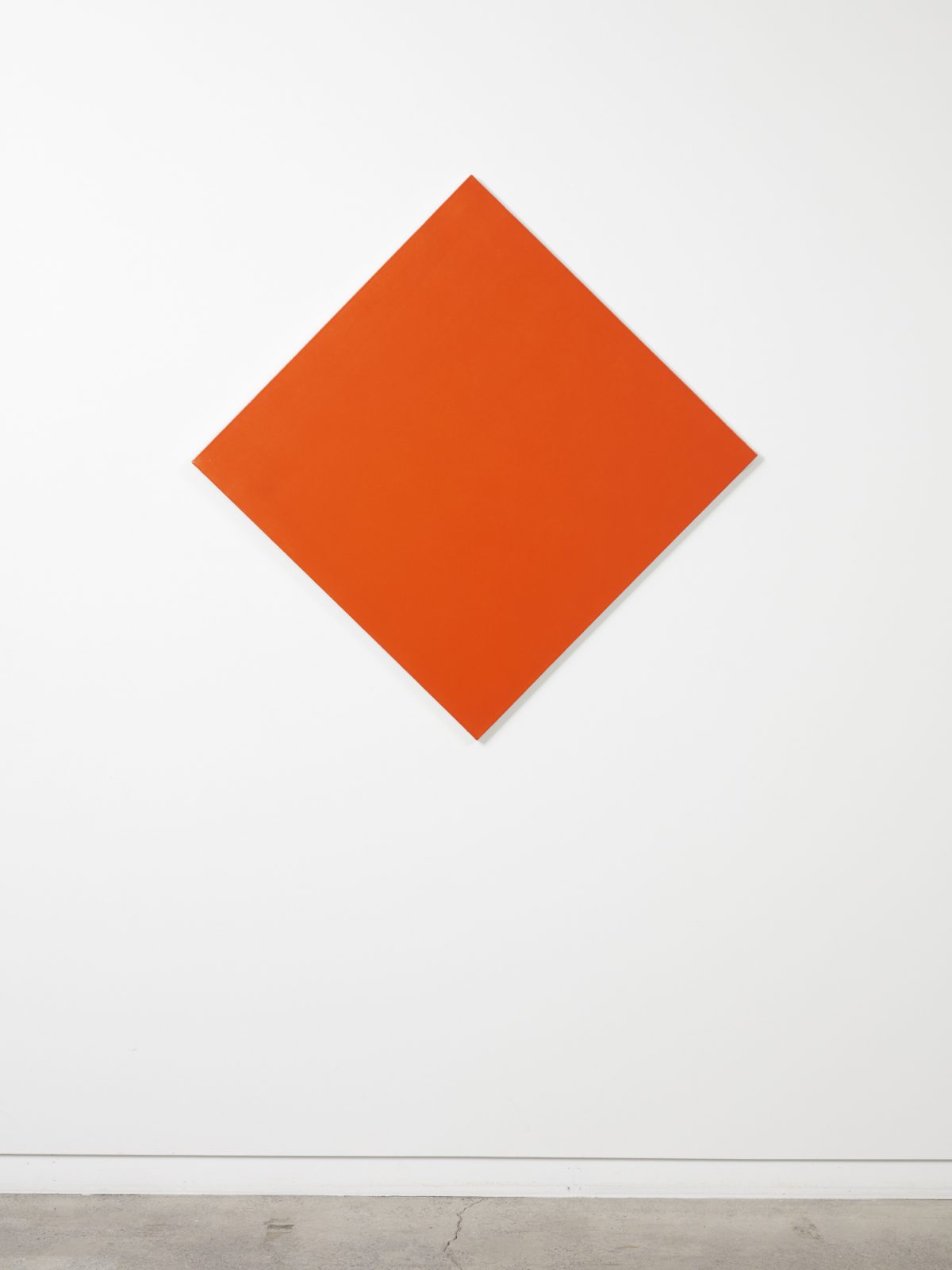
Enamel on canvas
760 x 760 mm

oil on canvas
1685 x 1645 mm
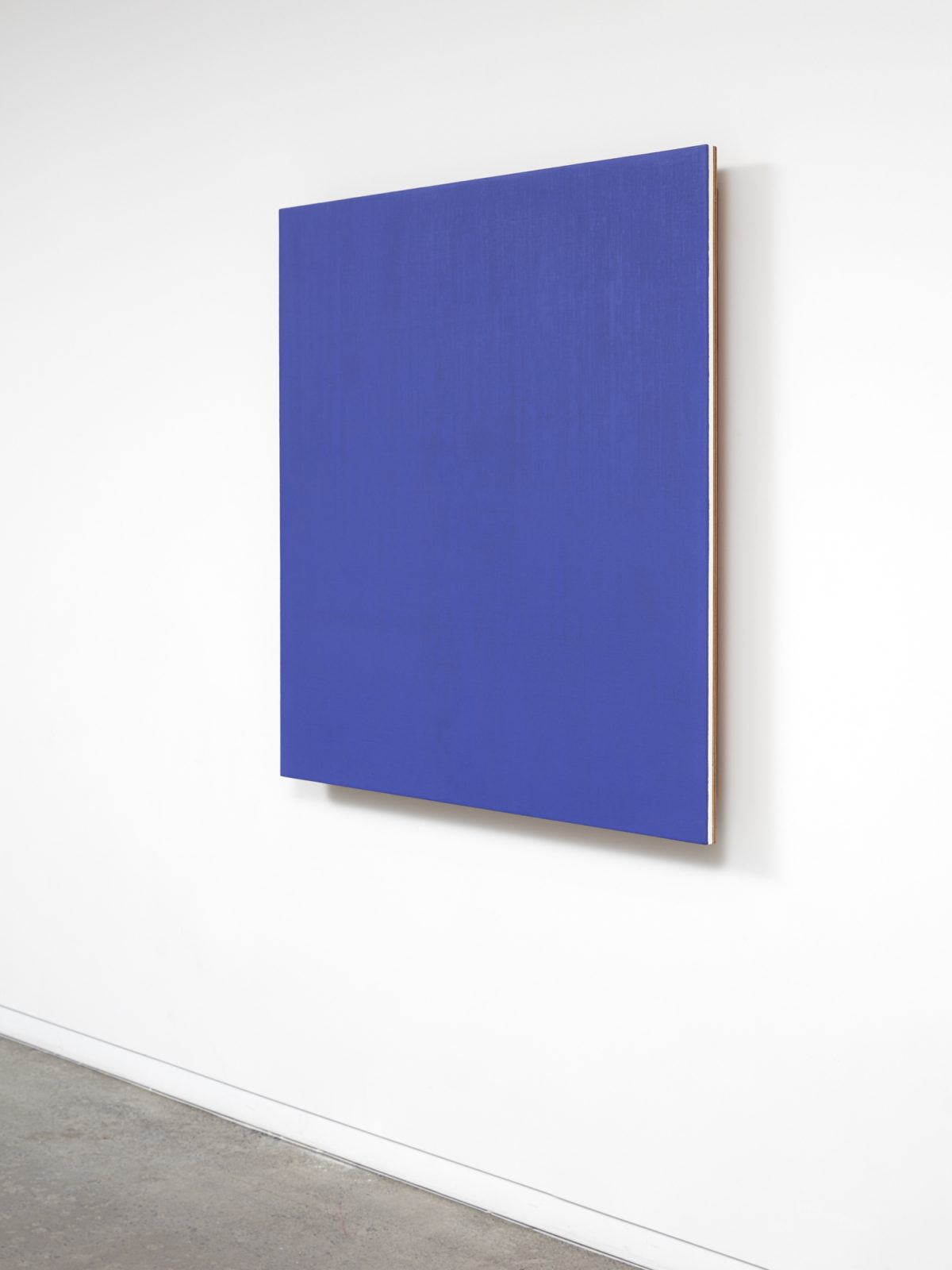
Oil on plywood board
1220 x 1220 mm
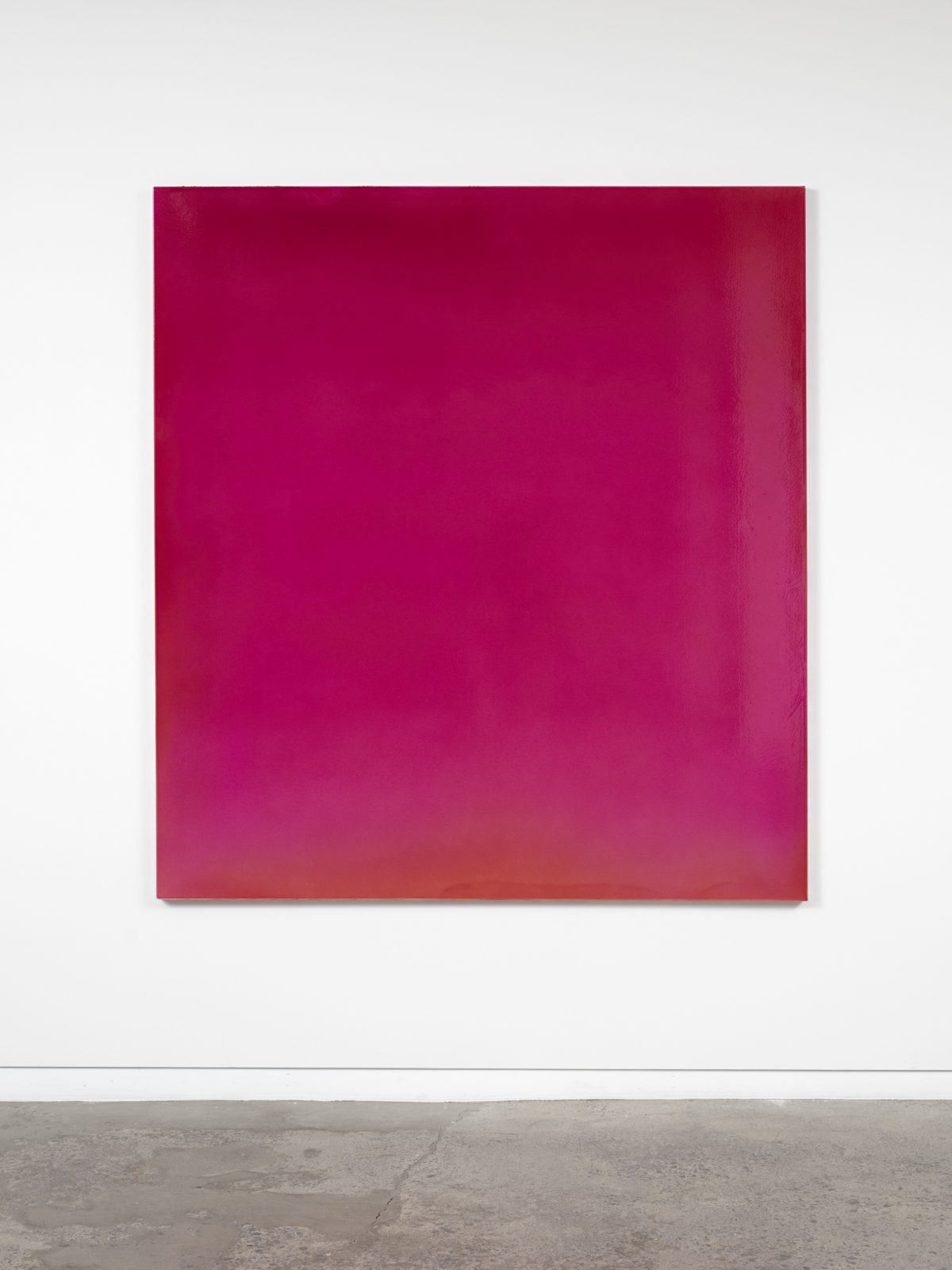
resin and pigment on canvas
1840 x 1675
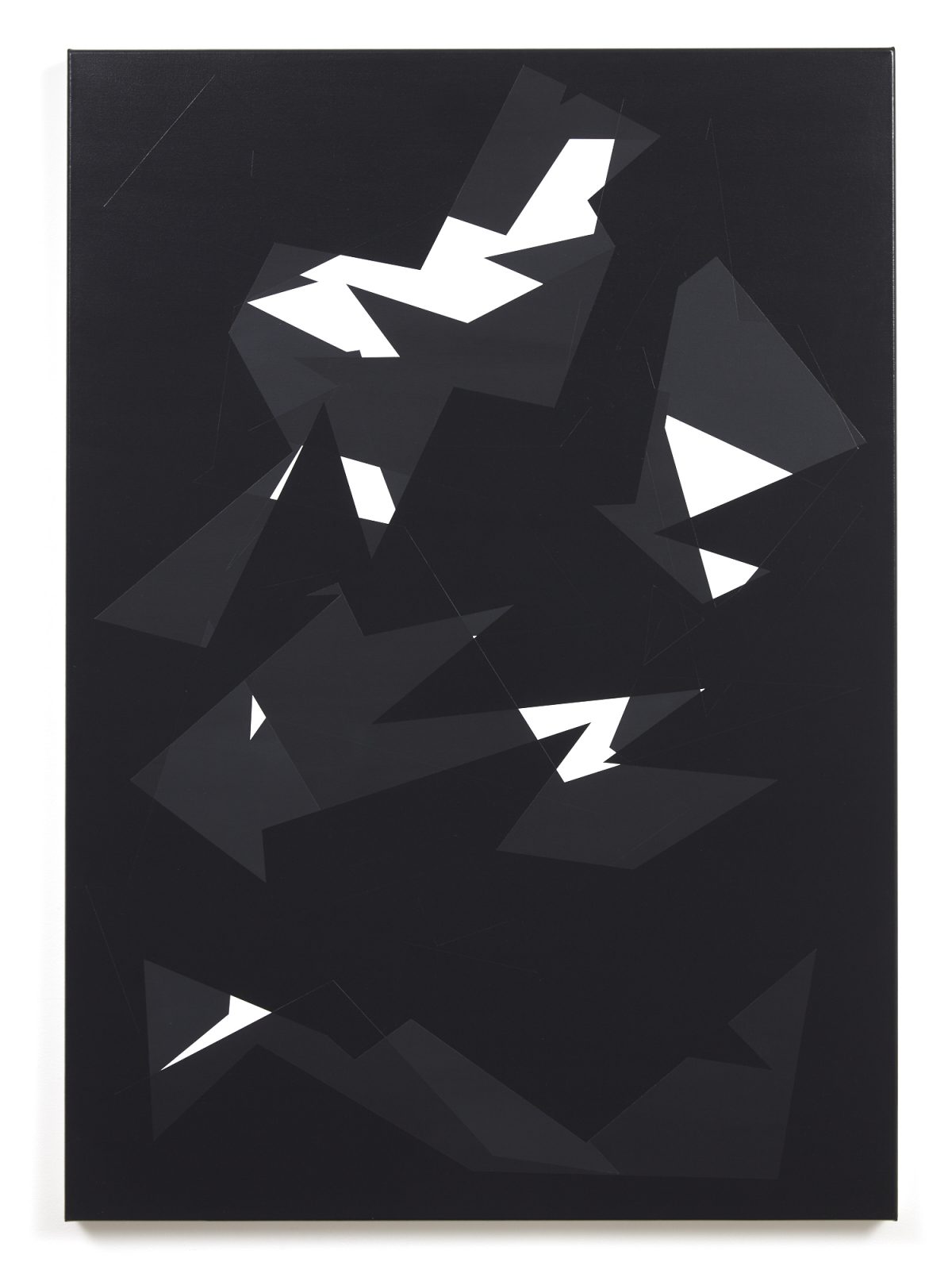
acrylic on canvas
1200 x 850 mm
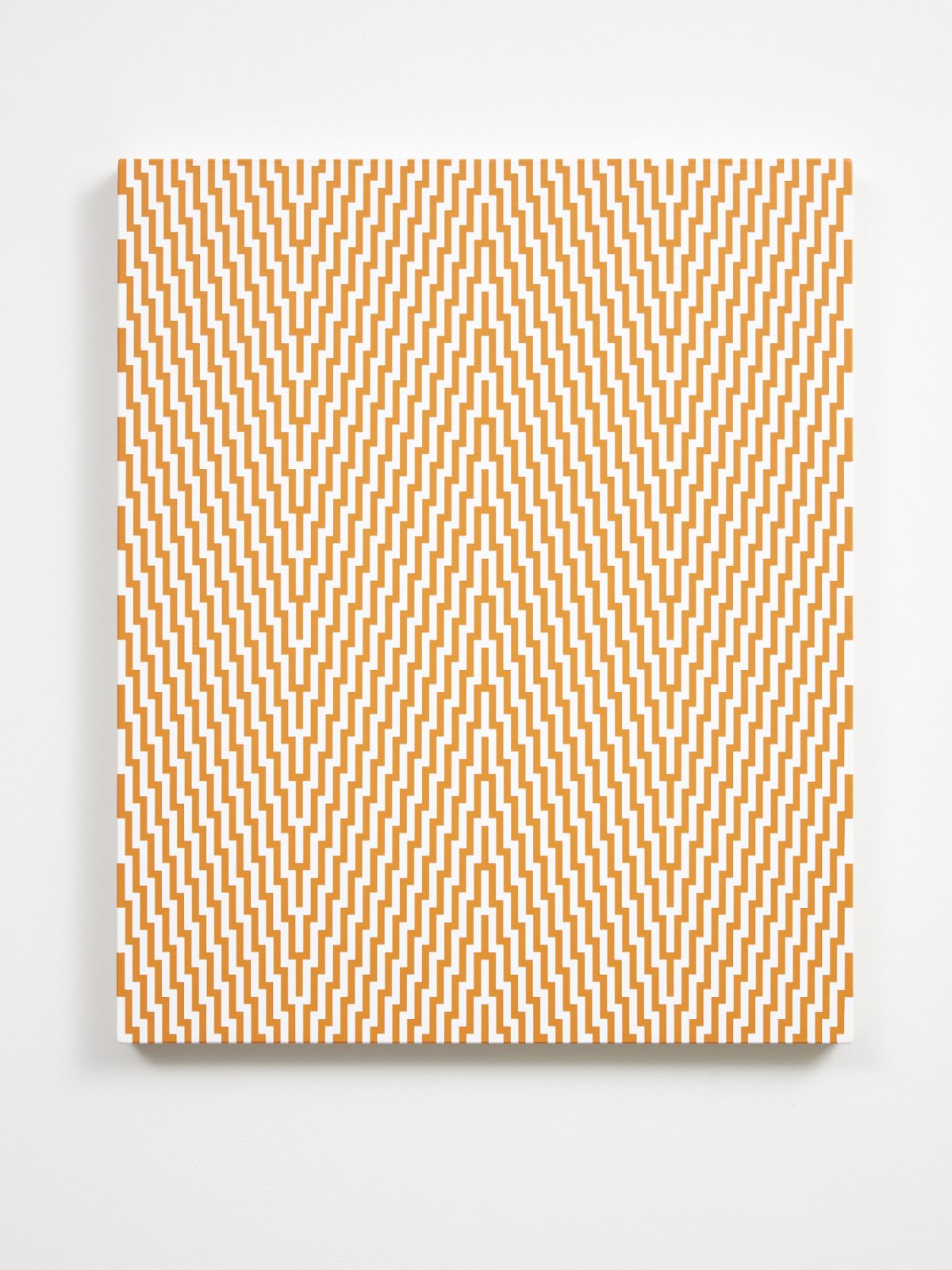
acrylic on canvas
595 x 495 mm
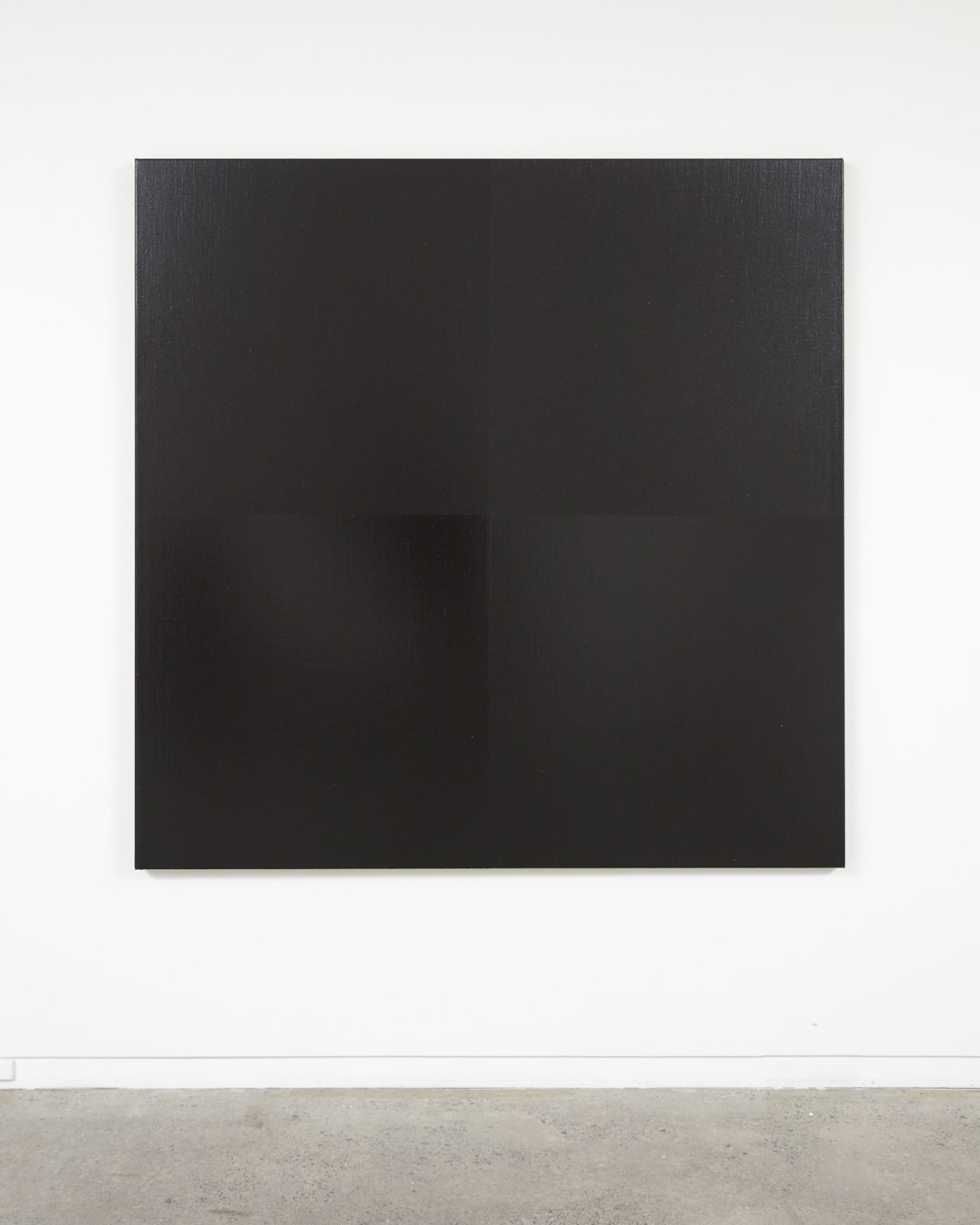
acrylic on linen
1700 x 1700 mm

oil on canvas
1000 x 1000 mm
